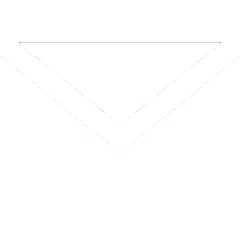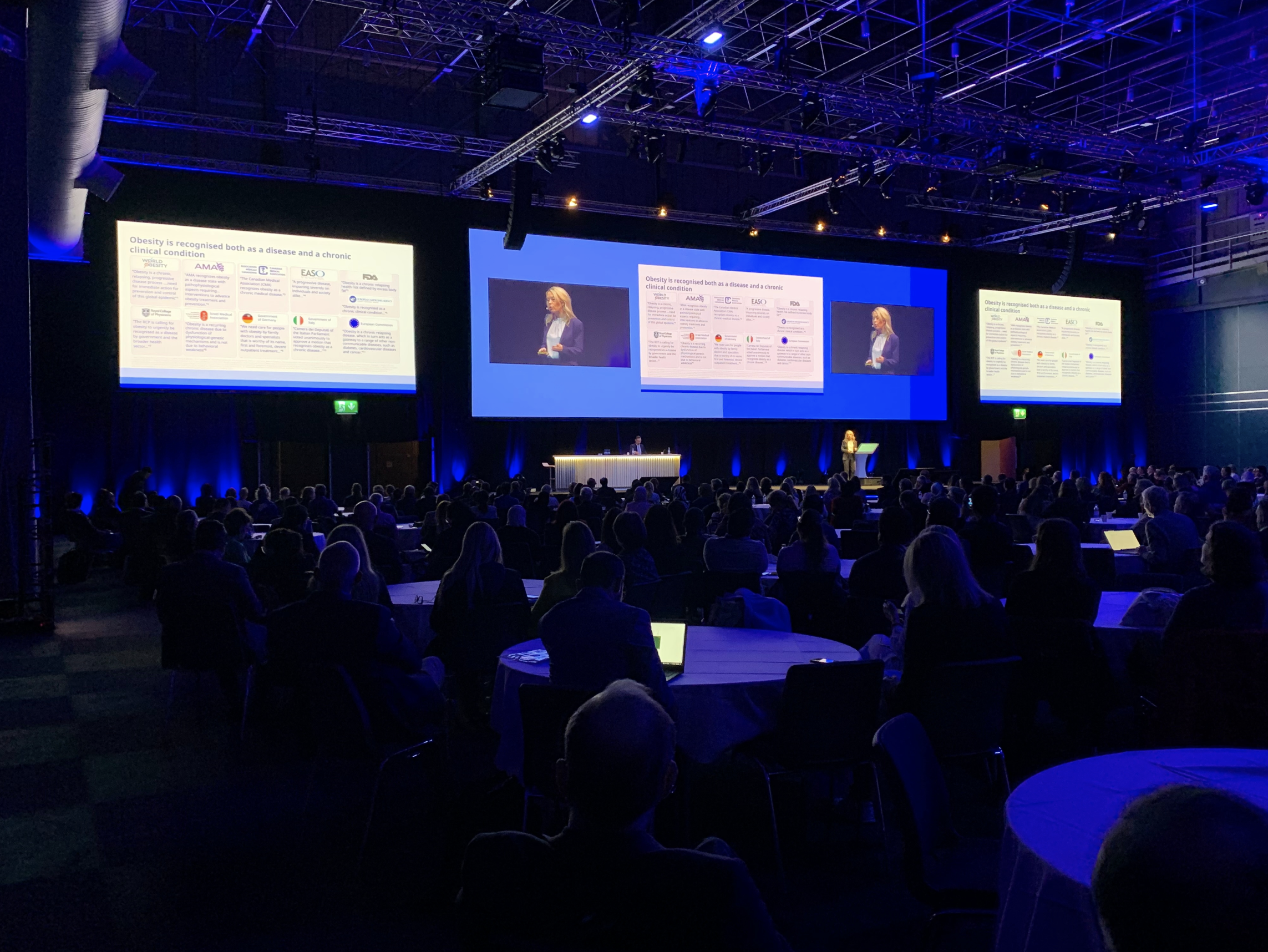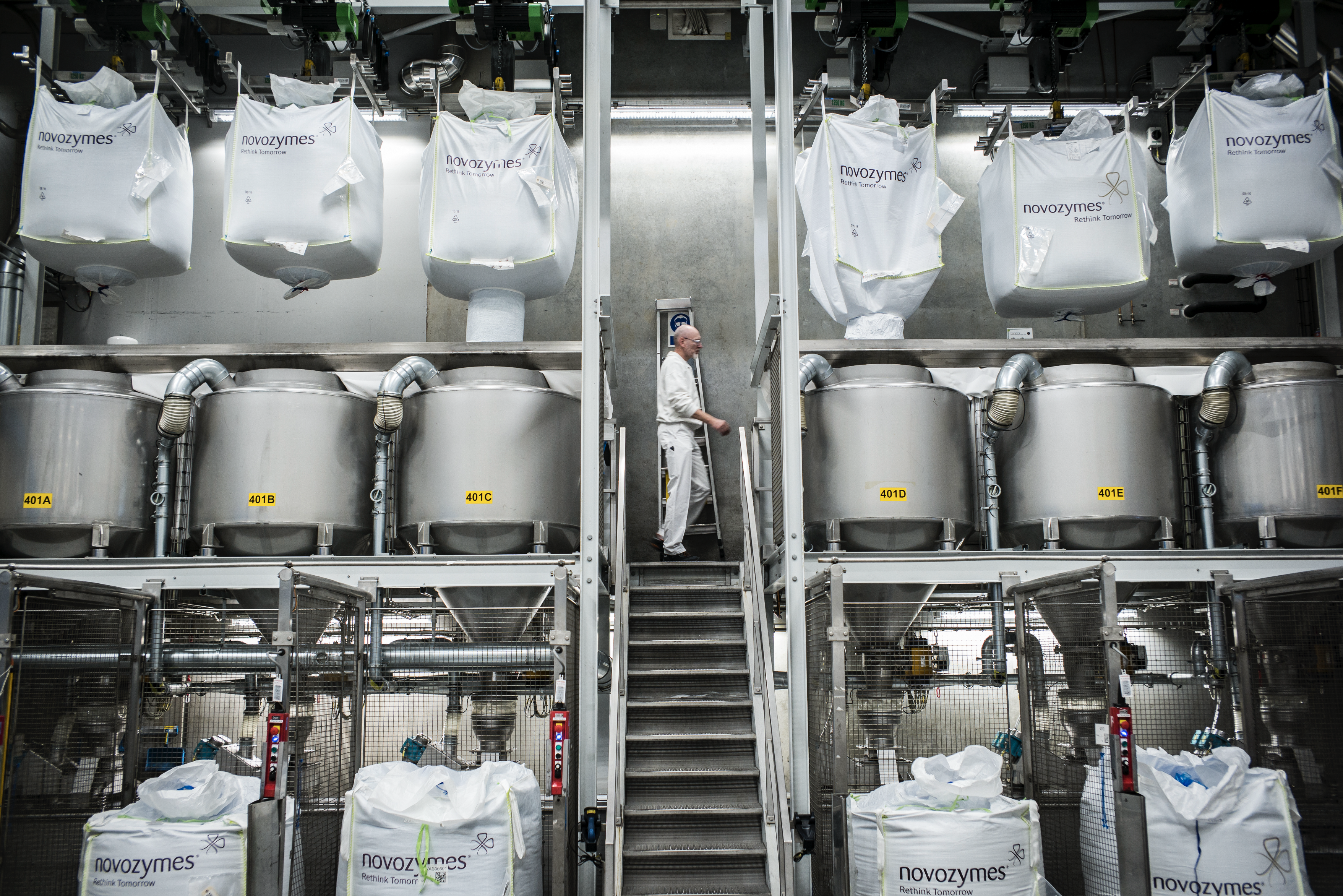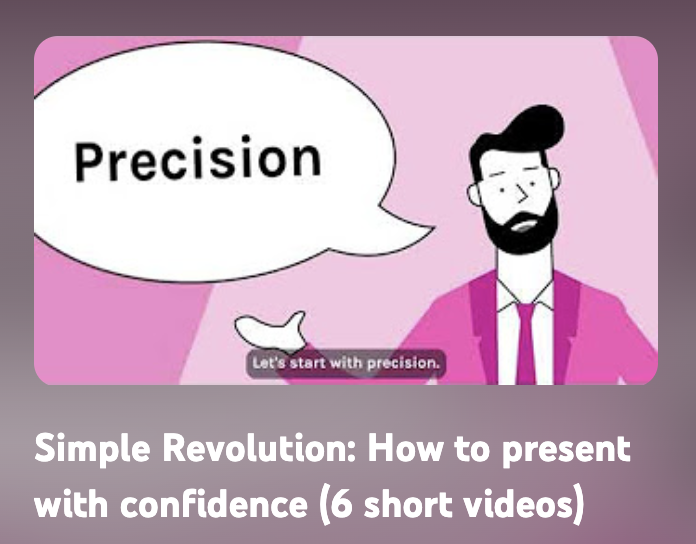I bet it was this title that caught your eye. That’s because you want to know what happens next. A story triggers the imagination. And it’s a powerful way of connecting with people.
I did a recent LinkedIn poll on what people find difficult when developing a presentation. 61% said ‘how to get my story right’. We know how important the story is in presentations, it’s framing the story that’s difficult.
Here’s how to approach the story in your presentations:
1. Add structure.
This is your backbone. Without proper structure your presentation will be very hard to follow. You have a beginning, a middle and an end. Three sections you fill with relevant content.
2. Start with a problem.
Get people hooked first so they understand why they need to pay attention. Tickle their imagination. It could be like this: “Every year, millions of people die from drinking polluted water. Imagine if we could invent a cheap device that would rinse the water before they drink it…”.
Problems – framed as stories – work really well as attention grabbers. You could frame your problem differently with triggers such as: “Let me tell you a secret…. or “Yesterday something unexpected happened…”.
3. Provide a solution.
With the audience hooked you need to present a solution to the problem. This is what you do in the middle section by adding your facts, data and arguments.
A solution could be: “We’ve found a new way of purifying water by using genetically modified seaweed as a filter. This could save millions of lives”. That’s fantastic! What then? Keep me hooked!
To add a little suspense you might combine the solution with a ‘conflict’. A conflict could be “To validate our solution we tested our new device on a group of people. Unfortunately, 25% of them got seriously ill”.
Any good story needs a nice cliff hanger. Just don’t forget to provide release. We don’t want your story turning into a tragedy, right?
4. Now you need to wrap up.
At the end you present the ‘resolution’. If the problem is your ‘WHY’ and the solution is your ‘WHAT’ then the resolution is your ‘HOW’. A resolution could be: “Bringing the device to market will take dedication and increased budgets. So what we need to decide today is this…”
We all communicate every day. But few of us truly connect. Telling stories is a powerful way of connecting. It’s the most efficient way to get what is in your head into their heads. And make it stick.





